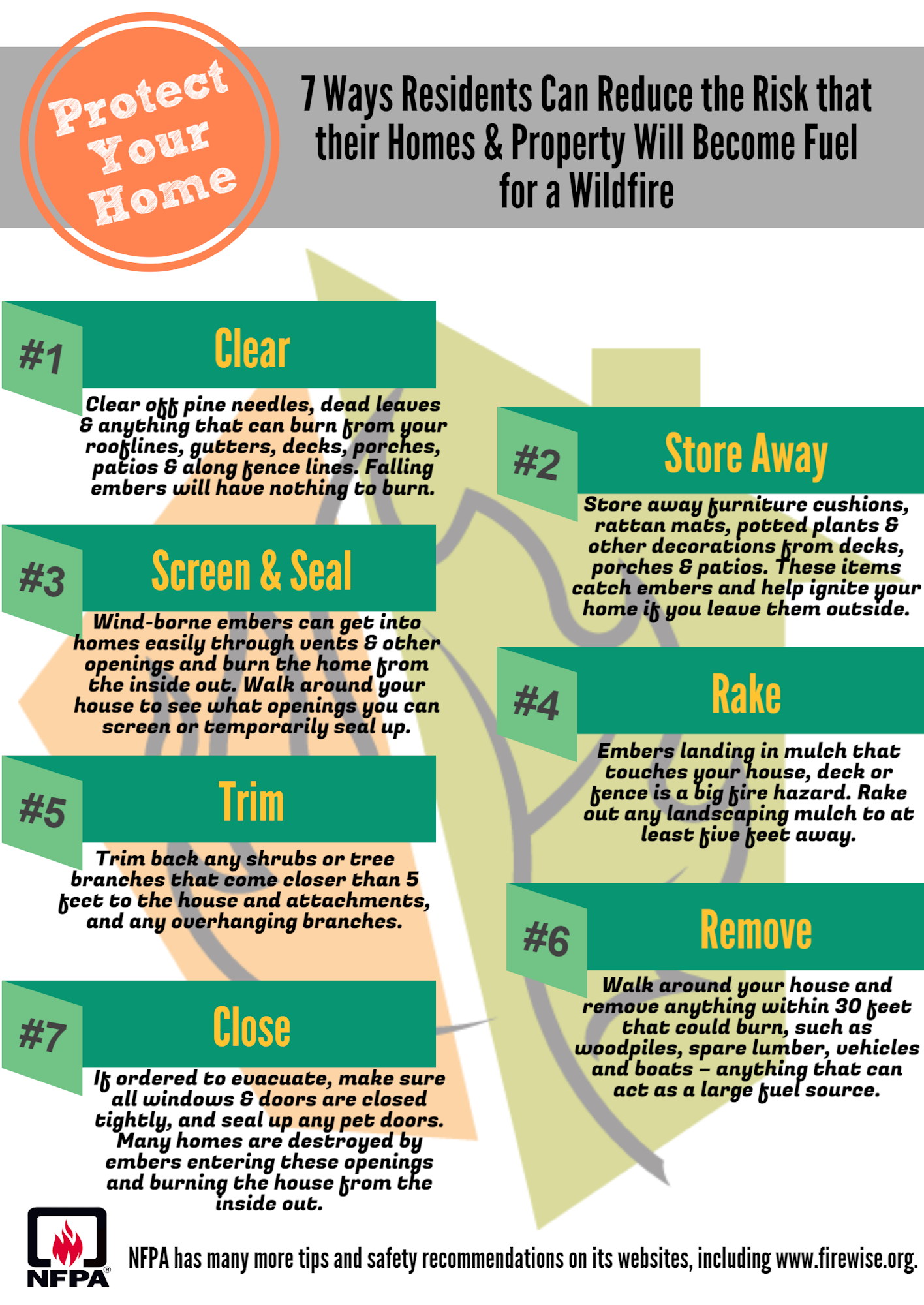Creating Defensible Space
Together, We Can Reduce Wildfire Risk 🔥🌲
This short video offers a powerful look at the Clackamas Wildfire Collaborative and the Mt. Hood Corridor Wildfire Partnership in Clackamas County. Two community-driven efforts making strides in wildfire preparedness and resilience.
These partnerships bring together a wide range of collaborators: federal, state, and county agencies, fire districts, soil and water conservation districts, public education organizations, tribal governments, infrastructure partners, and homeowner associations. Their shared goal? To strengthen Clackamas County’s ability to prepare for, respond to, and recover from wildfires.
From fuel reduction projects to defensible space strategies, this is what community-led wildfire mitigation looks like and how it is working to reduce wildfire risk.
Fire science suggests that the first 5 feet around structures should be free from all combustible material, including flammable vegetation and bark mulch.
Click here to learn how to prepare your home. Learn how to reduce Wildfire Risks in the Home Ignition Zone.
Immediate zone
.jpg?ixlib=rb-1.1.0&w=2000&h=2000&fit=max&or=0&s=eacbd00748b459d40f739b3e56b75bf9)
The home and the area 0-5 feet from the furthest attached exterior point of the home; defined as a non-combustible area. Science tells us this is the most important zone to take immediate action on as it is the most vulnerable to embers.
Intermediate zone
5-30 feet from the furthest exterior point of the home. Landscaping/hardscaping- employing careful landscaping or creating breaks that can help influence and decrease fire behavior
Extended zone
30-100 feet, out to 200 feet. Landscaping – the goal here is not to eliminate fire but to interrupt fire’s path and keep flames smaller and on the ground

Watch this video made by Hoodland Fire Volunteers and Staff
For more information Click here for NFPA-Firewise USA Website




